What is Sligo Famous For? Exploring Its Literary Heritage and Natural Beauty
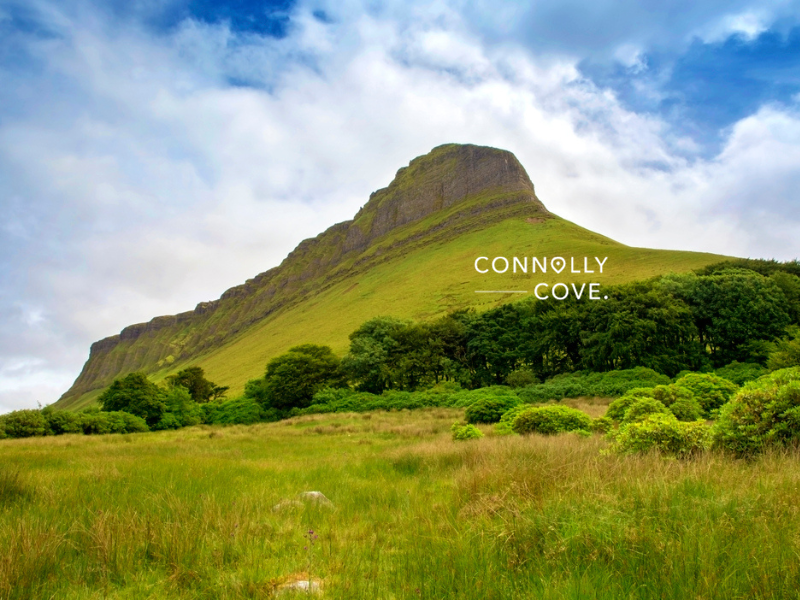
Updated On: January 08, 2024 by Maha Yassin
Are you curious about what gives Sligo, the shining gem of Ireland’s Northwest, its undeniable charm? Trust us, we understand your intrigue. Once upon a time, we were enchanted by WB Yeats’ lyrical poems and drawn to explore this mystical land that breathed life into his verses.
In our quest to uncover the alluring tapestry of Sligo, from its rich literary heritage straight out of storybooks to its breathtakingly beautiful scenery right off a painting, we’ve found it’s so much more than just an inspiration for poetry.
Together, let’s unveil why ‘Yeats Country’, with all its beguiling layers, beckons you as your next unmissable port-of-call!
Sligo, Ireland: A Tapestry of Rugged Beauty and Rich Heritage
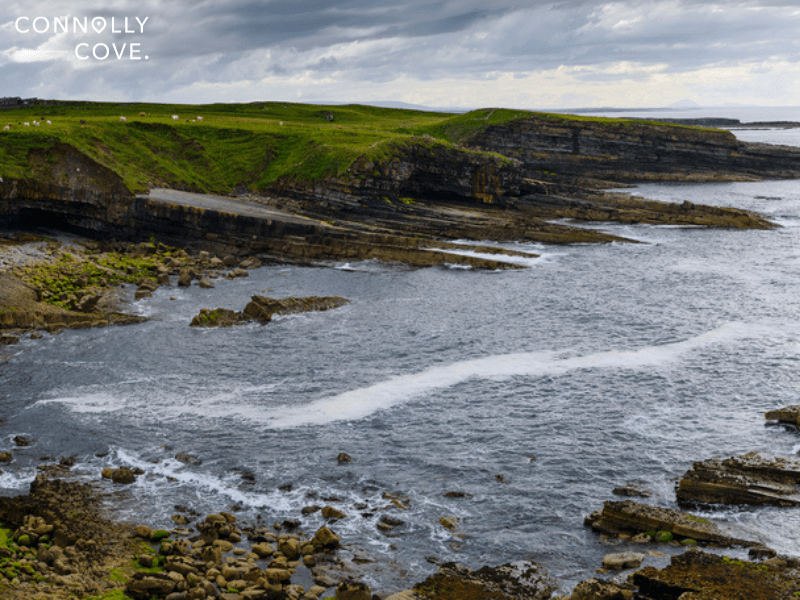
Nestled on Ireland’s wild Atlantic coast, Sligo unveils a breathtaking tapestry of rugged beauty and rich heritage. Imagine windswept cliffs plunging into cerulean waters, emerald mountains cloaked in mist, and ancient ruins whispering tales of bygone eras. This is Sligo, a county in northwest Ireland where myth and reality intertwine, beckoning you to explore its captivating depths.
Sligo’s soul stirs with the rhythm of the ocean. Crashing waves carve dramatic shorelines, like the famed Mullaghmore, a surfer’s paradise where towering swells rise like liquid giants. Quaint seaside villages like Strandhill bask in the golden glow of sunsets, while hidden coves offer serene havens for those seeking solace in nature’s embrace.
Venture beyond the coast to the majestic Benbulben, a mountain resembling a slumbering giant, dominates the landscape, its slopes cloaked in heather and legend. Tranquil lakes like Lough Arrow and Glencar mirror the sky, inviting kayakers and walkers to weave through a fairytale-like realm.
Yet, Sligo’s magic transcends mere scenery. It’s a land steeped in history, where ancient stories whisper from megalithic tombs like Carrowmore and the evocative ruins of Sligo Abbey. These silent sentinels witness a rich past, echoing with tales of Celtic chieftains and the turbulent reign of English rule.
But Sligo’s true spirit comes alive in the vibrant tapestry of its living culture. The lyrical verses of Nobel laureate W.B. Yeats echo through windswept hills and cosy pubs while traditional music fills the air with foot-stomping jigs and soulful melodies. From the festive buzz of the Sligo Fleadh Cheoil to the warm hospitality of local artisans, Sligo’s heart beats with a contagious rhythm of joy and passion.
So, dear traveller, come, lose yourself in the embrace of Sligo. Let the salty wind kiss your face as you gaze upon the endless horizon. Hike through emerald valleys, explore hidden coves, and delve into the echoes of a vibrant past. In Sligo, the magic of Ireland unfolds – a symphony of nature, history, and culture waiting to be discovered.
Exploring Sligo’s Literary Heritage
On Ireland’s windswept west coast, Sligo is more than just a postcard-perfect landscape of jagged cliffs, emerald slopes, and shimmering loughs. It’s a land where words dance with the wild Atlantic spray woven into the very fabric of its being. This is the cradle of literary giants, where myths and legends whisper through ancient ruins, and poetry takes flight on the wings of the seagull’s cry.
The Home of W. B. Yeats
At the heart of this literary tapestry lies the towering figure of William Butler Yeats, the Nobel laureate who called the place his “spiritual home.” His childhood at Thoor Ballylee, a charming 17th-century tower house overlooking Lough Gill, ignited a lifelong love for the region’s rugged beauty and rich folklore.
Yeats poured his soul into verses that immortalised Sligo’s essence. Benbulben, the majestic mountain that dominates the skyline, became “that great slow-moving form, / Whispering to the shore.” The haunting lough waters whispered to him of ancient heroes and mythical battles, finding their way into poems like The Lake Isle of Innisfree and The Countess Cathleen.
Lady Gregory and The Abbey Theatre
But Yeats wasn’t alone in finding inspiration in the evocative landscapes. Lady Gregory, the playwright and co-founder of the Abbey Theatre, found solace in her Coole Park estate, its gardens and woodlands nurturing her creativity. Her work, steeped in Irish folklore and imbued with lyrical prose, resonated with Yeats’ vision, further solidifying Sligo’s place as a literary haven.
Sligo Yeats Summer School
Even today, Sligo’s literary spirit thrives. The annual Sligo Yeats Summer School attracts scholars and enthusiasts worldwide, delving deep into the master’s work and celebrating his enduring legacy. Local bookstores like The Book Stop overflow with tales of Irish lore and contemporary voices, while cosy pubs echo the sounds of poetry readings and lively storytelling sessions.
Sligo’s literary heritage is not confined to dusty pages or museum exhibits. It’s a living, breathing entity woven into the very fabric of the town, the countryside, and the souls of its people. It’s a legacy that beckons every visitor to become a storyteller, to find their own words in the symphony of wind and waves.
Finding Your Own Words in Sligo
Follow the windswept path Yeats once trod, and let Benbulben whisper your verses. Kayak across Lough Gill and imagine the mythic creatures slumbering beneath its depths. Stand amidst the silent stones of Carrowmore and feel the pulse of forgotten stories beneath your feet. In Sligo, the landscape itself becomes an invitation to create. Hike a mountain, kayak a lough, explore a ruin —each step unleashes a torrent of words waiting to be written, your chapter in the ever-evolving story of Sligo’s literary magic.
The Natural Wonder of Sligo
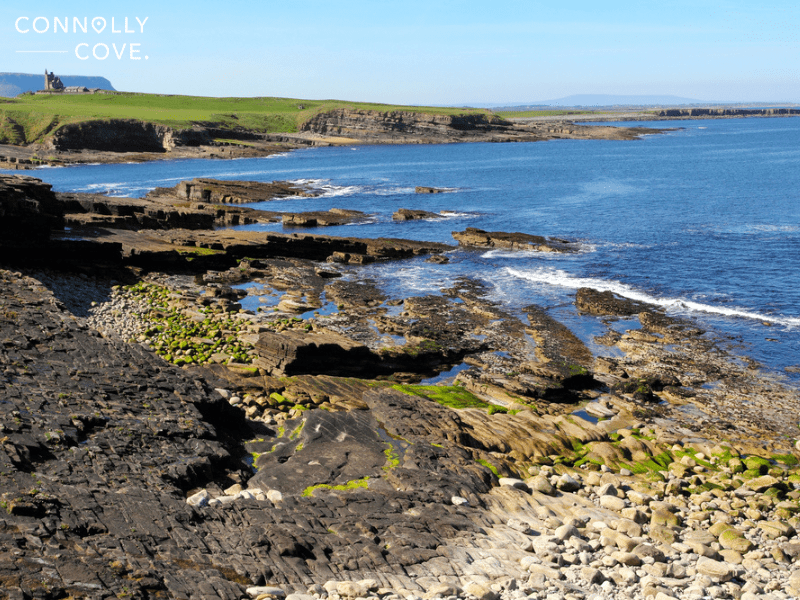
Sligo, nestled along Ireland’s wild Atlantic coast, is where nature paints with a bold brush. Towering mountains hug shimmering loughs, windswept cliffs tumble into the ocean’s embrace, and emerald valleys unfurl like secret tapestries. Prepare to be captivated by this symphony of sights and sounds, a land where every twist in the path reveals a new breathtaking vista.
Benbulben: The Sleeping Giant and Beyond
Dominating the skyline like a slumbering giant, Benbulben is Sligo’s undisputed crown jewel. This table-top mountain, sculpted by ancient glaciers, inspires awe with its sheer scale and ethereal beauty. Hikers can conquer its slopes, rewarded with panoramic views of the wild Atlantic and verdant countryside; in its shadow lie hidden treasures like Glencar Waterfall, a cascading cascade nestled amidst mossy cliffs, and Gleniff Horseshoe, a glacial valley carved by ice millennia ago.
Luminous Loughs: Mirrors of Heaven
Sligo’s loughs, shimmering like scattered jewels, add an air of tranquillity to the landscape. Lough Gill, Yeats’ beloved “Lake Isle of Innisfree,” reflects the sky in its mirror-like surface, offering havens for kayakers and paddleboarders. Lough Arrow, a birdwatcher haven, boasts hidden islands and ancient crannogs, whispering tales of a bygone era. Take a boat trip, casting your line for trout or basking in the serenity of these watery havens.
Wild Atlantic Ways: Where Cliffs Embrace the Ocean
Sligo’s coastline is a dramatic canvas of windswept cliffs, crashing waves, and hidden coves. Hike the cliff-top trails around Mullaghmore, a surfer’s paradise where towering waves rise like liquid giants. Explore secluded beaches like Streedagh and Doorly Strand, perfect for picnicking and basking in the salty air. In Strandhill, a vibrant seaside village, witness the thrill of kite surfers dancing with the wind, their colourful sails dotting the horizon.
Emerald Enclaves: Valleys Whispering Secrets
Beyond the coast, Sligo unfolds in a tapestry of verdant valleys and hidden forests. The Dartry Mountains, cloaked in heather and dotted with waterfalls, offer challenging hikes and breathtaking panoramas. Glencar Valley, a mystical tapestry of woodland and bogland, hides the enchanting Glencar Lough, perfect for a serene paddle. Explore Parke’s Castle, a 17th-century folly overlooking Lough Key, and discover the ancient petroglyphs etched onto the rocks of Knocknarea, whispering secrets of a forgotten past.
A Symphony for the Senses
Sligo’s natural wonders are a feast for all senses. Feel the wind whip through your hair as you stand on Benbulben’s peak. Hear the rhythmic crash of waves against the cliffs at Mullaghmore. Smell the earthy fragrance of moss underfoot in Glencar Valley. Taste the sweetness of wild berries plucked from the Dartry Mountains. And see, oh, see the endless shades of green, blue, and grey that paint the canvas of Sligo’s landscapes.
This is just a glimpse into Sligo’s enthralling environs. Whether you’re a seasoned adventurer or a nature-loving soul seeking solace, Sligo’s breathtaking beauty promises an unforgettable experience.
10 Attractions You Must Visit While in Sligo
From towering mountains and shimmering loughs to ancient ruins and literary inspiration, Sligo offers something for every wanderer’s soul. So, lace up your boots, grab your camera, and let’s explore 10 must-visit places in Sligo, complete with ticket information and opening hours:
Benbulben
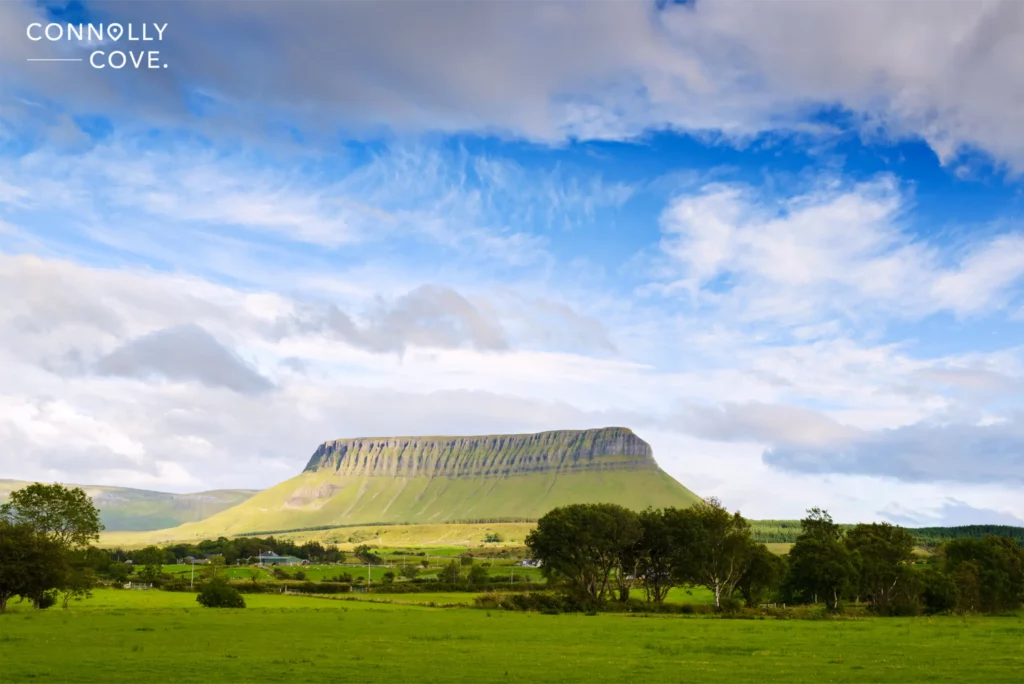
Tickets: Free to access
Opening Hours: Always accessible, sunrise to sunset
This iconic mountain, resembling a slumbering giant, dominates the Sligo skyline. Hike its slopes for panoramic views (moderate to challenging), or explore hidden gems like Glencar Waterfall and Gleniff Horseshoe nestled in its shadow.
Lough Gill
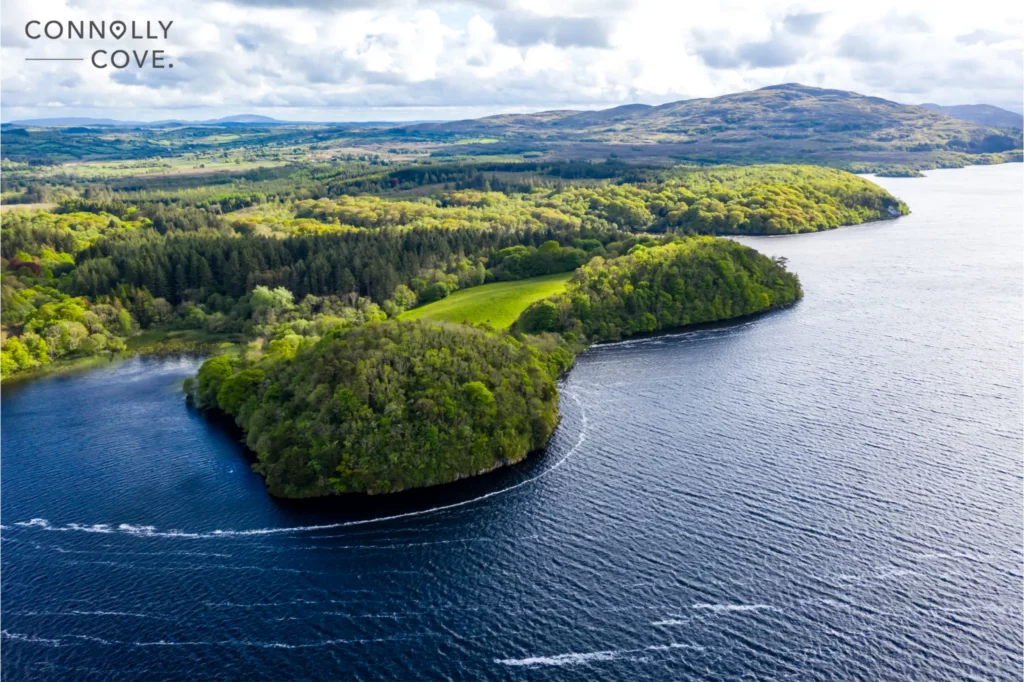
Tickets: Around €20-€30 for a basic tour
Opening Hours: Contact individual providers for specific schedules
Renowned as Yeats’ beloved “Lake Isle of Innisfree,” Lough Gill is a haven for kayakers and paddleboarders. Tranquil and shimmering, it reflects the sky like a mirror, offering serenity and breathtaking beauty.
Sligo Abbey
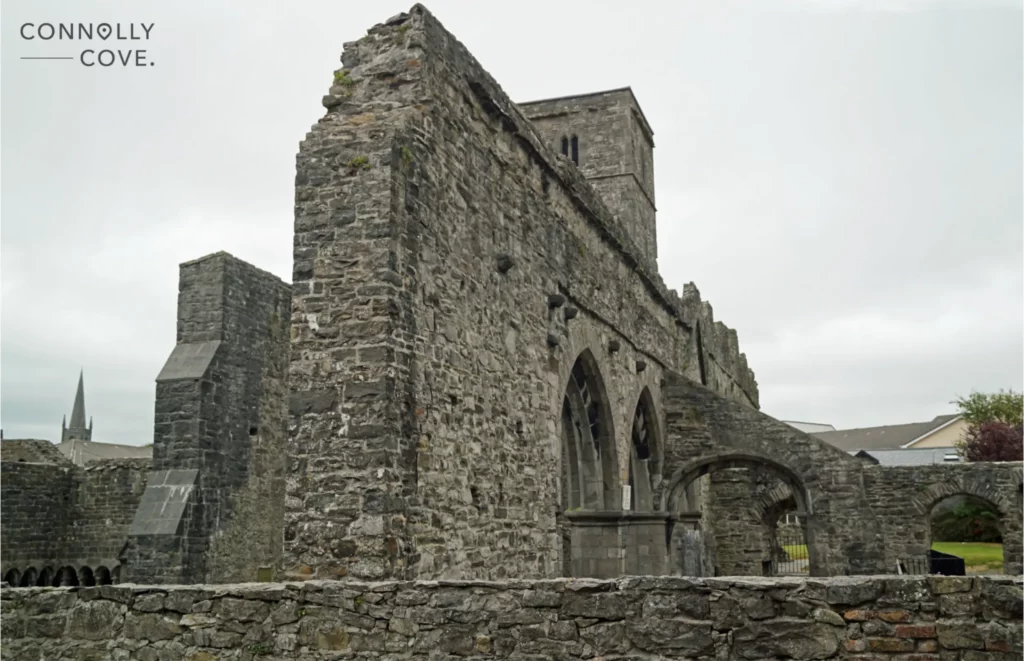
Tickets: Adults €5, Children €2.50, Family €12.50
Opening Hours: Open daily from 10:00 AM to 5:00 PM
Steeped in history, Sligo Abbey dates back to the 13th century. Explore its atmospheric ruins, including the cloisters and Chapter House, and soak in the whispers of a bygone era.
Mullaghmore
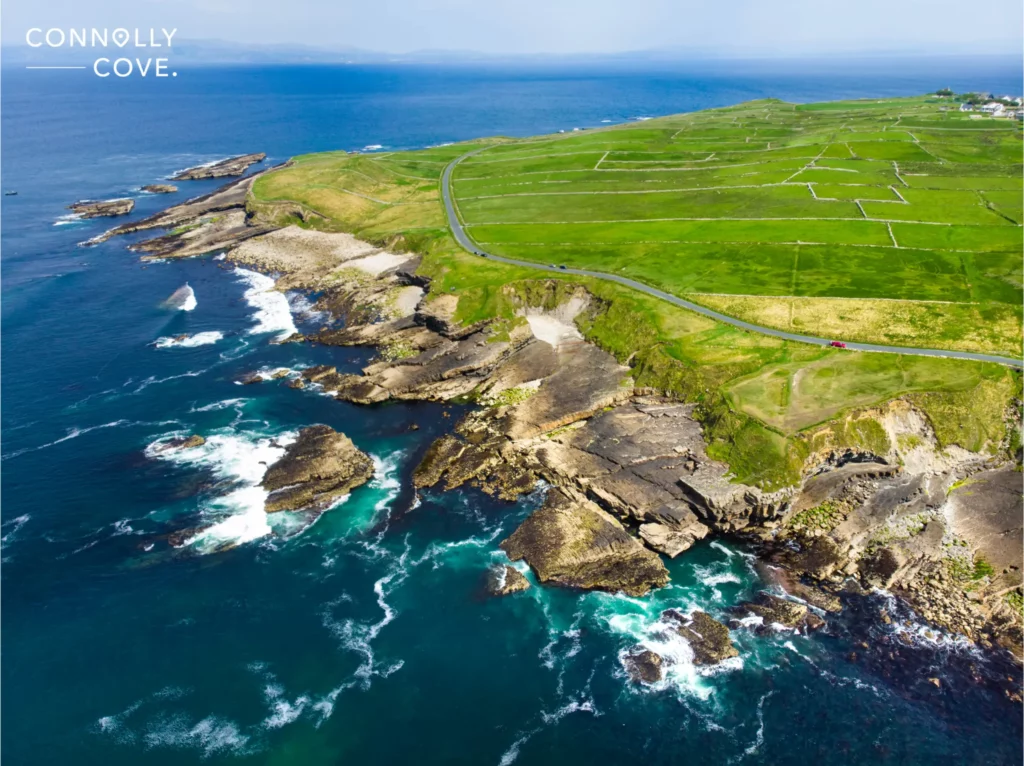
Tickets: Free to access the beach and village
Opening Hours: Always accessible
This world-renowned surf destination draws thrill-seekers with its towering waves. Even if you’re not a surfer, witness the drama and enjoy the vibrant atmosphere of this seaside village.
Strandhill
Tickets: Free to access the beach and village
Opening Hours: Always accessible
Nestled near Mullaghmore, Strandhill boasts a charming village vibe and a beautiful beach. Walk the sands, learn to surf, grab a bite at one of the cosy cafes, or explore the Sligo Surfing Experience visitor centre.
Carrowmore Megalithic Cemetery
Tickets: Free to access the beach and village
Opening Hours: Always accessible
Step back at Carrowmore, one of Ireland’s largest and most impressive Neolithic burial sites. Dating over 5,000 years, these mysterious tombs whisper tales of ancient rituals and beliefs.
Lissadell House and Gardens
Tickets: Adults €12, Children €6, Family €30
Opening Hours: Open daily from April to October, 10:00 AM to 5:00 PM
This elegant Victorian estate offers a glimpse into Sligo’s rich history and literary connections. Explore the beautifully restored house, wander through the gardens, and discover the legacy of the Gore-Booth family, including Constance Markievicz, a suffragette and revolutionary leader.
Glencar Valley
Tickets: Free to access
Opening Hours: Always accessible
This valley is perfect for nature lovers, a mystical realm of forested slopes and shimmering Lough Glencar. Hike, bike, or simply relax and soak in the serene atmosphere.
Knocknarea
Tickets: Free to access
Opening Hours: Always accessible
This legendary mountain rises above Sligo, offering stunning views and a fascinating past. Climb to the summit (moderate to challenging) to see Queen Maeve’s Cairn, a Neolithic tomb shrouded in myth and legend.
Drumcliffe Church
Tickets: Free to access
Opening Hours: The church is open daily from 10:00 AM to 6:00 PM
Pay your respects at the final resting place of W.B. Yeats; this 12th-century church is nestled in a peaceful graveyard. Immerse yourself in Yeats’ legacy and feel the spirit of Irish poetry in this tranquil setting.
Bonus Tip: Don’t forget to check out the Sligo Tourist Office website for further information on attractions, events, and transportation options. They can also assist with booking tickets and tours.
Sligo is famous for its rich literary heritage and breathtaking natural beauty. From the influence of renowned poet W.B. Yeats to the historic Sligo Abbey, there are endless opportunities to explore Ireland’s cultural past. In addition, the county offers stunning landscapes like Benbulben and plenty of outdoor activities such as hiking and surfing along its Atlantic coastline. Sligo truly has something for everyone, making it a must-visit destination for any traveller.
FAQs
How do I get to Sligo?
Sligo is accessible by air, train, and bus. Ireland West Airport Knock (Knock) is the closest airport connecting various European cities. Sligo Mac Diarmada Station offers train services from Dublin and other major Irish cities. Bus Eireann and private operators provide regular bus connections from various locations in Ireland.
Where should I stay in Sligo?
Sligo offers a variety of accommodation options, from charming B&Bs and boutique hotels in the town centre to cosy guesthouses and self-catering cottages in the countryside. Choose an option that suits your budget and preferred location. For a unique experience, consider staying at Lissadell House, a historic Victorian estate offering overnight stays.
When is the best time to visit Sligo?
Summer (June-August) offers pleasant weather for outdoor activities, but expect larger crowds and higher prices. Spring and autumn offer milder temperatures and fewer crowds, while winter brings a magical atmosphere with dramatic coastal storms and festive cheer.
What are some off-the-beaten-path experiences in Sligo?
Visit Thoor Ballylee, Yeats’ former home, offering a glimpse into his life and inspiration. Explore Parke’s Castle, a 17th-century folly overlooking Lough Key. Discover the fascinating megalithic site of Knocknarea, shrouded in Celtic myths. Hike the challenging Dartry Mountains for breathtaking views. Take a boat trip to Inishmurray, a remote island with ancient monastic ruins and spectacular cliffs.
What should I pack for my trip to Sligo?
Pack for all weather conditions, as Sligo’s weather can be unpredictable. Layers, waterproof clothing, and comfortable walking shoes are essential. Don’t forget sunscreen, a hat, and insect repellent in summer.






